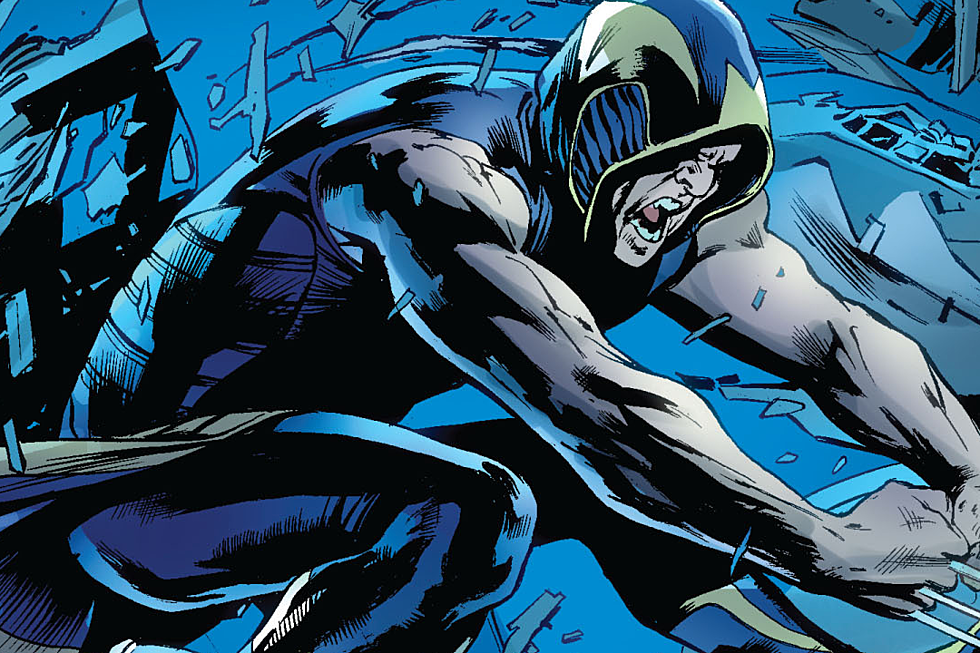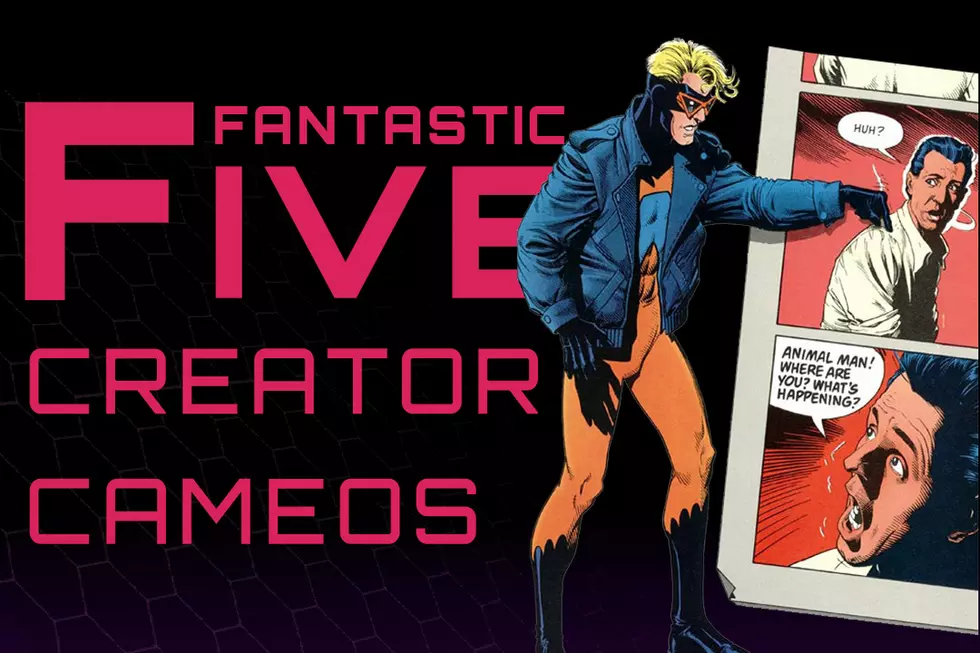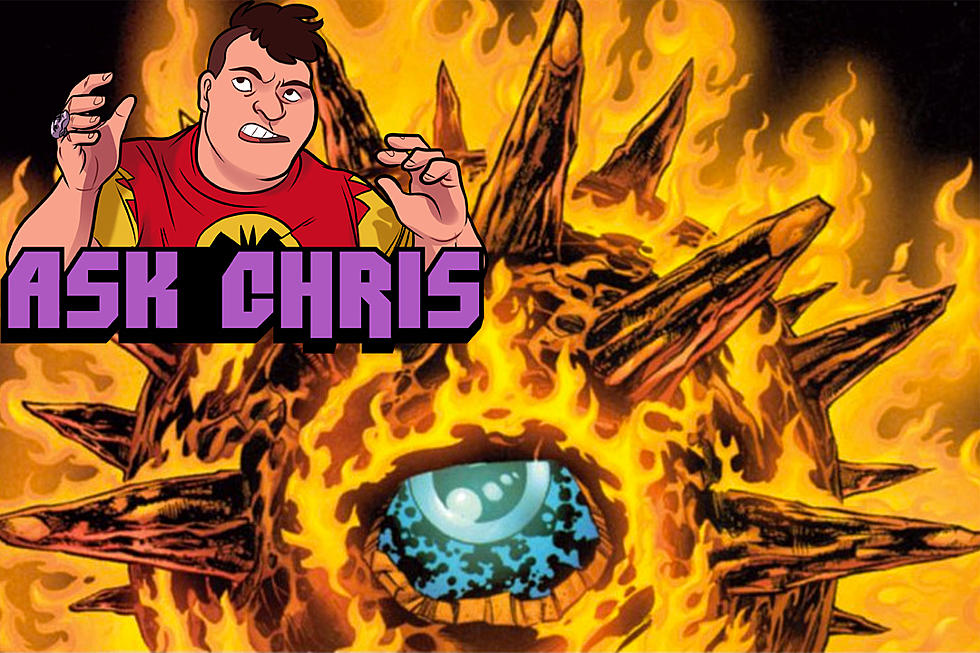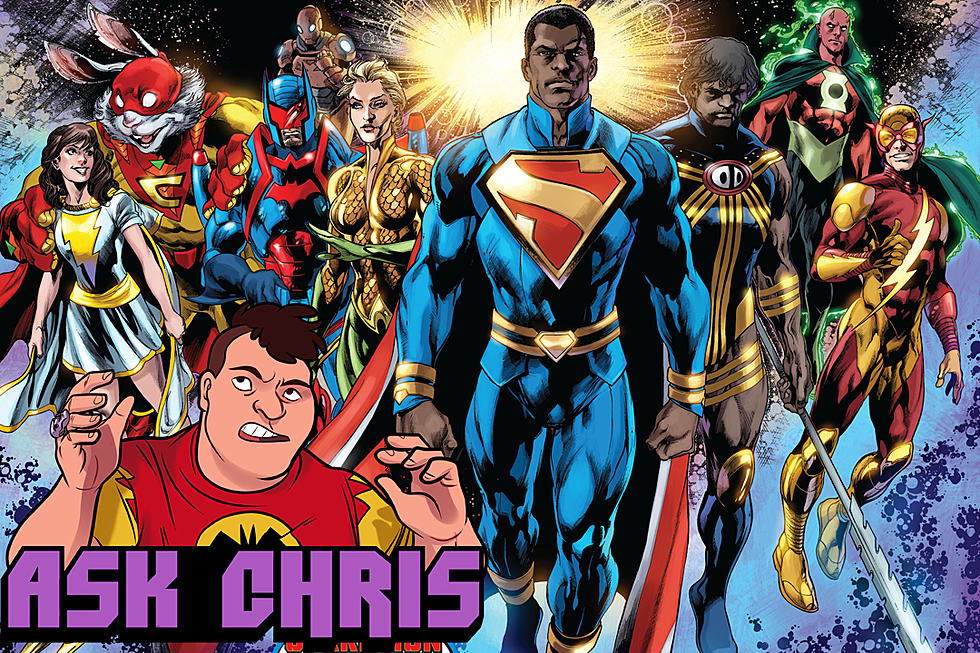
Drawn Into What You’re Drawing: A Birthday Tribute to Frank Quitely
Born on this day in 1968, Vincent Deighan isn't a name a lot of comics fans know, but few artists are as instantly identifiable by their work. Working under the pen name Frank Quitely (a not-as-obvious-as-it-seems play on "quite frankly") for the past quarter century, chiefly with writers Grant Morrison and Mark Millar, the Scottish artist's highly detailed, deeply stylized work has offered a fresh perspective on Superman, the X-Men, Batman and more, and brought personality and depth to a range of original characters.
Deighan took on his pen name just as his career was kicking off in 1990 as he worked on the parody comic strip "The Greens" in the underground magazine Electric Soup. Worried that his work might upset his family, Quitely started using the name he continues to work under today.
As Electric Soup began to grow outside the Glasgow area into other parts of the United Kingdom, the editors of Judge Dredd Megazine took notice and began offering him work on various short stories. From there, he contributed work to Dark Horse Presents, eventually landing his first major American comics work on the 1996 Vertigo limited series Flex Mentallo: Man of Muscle Mystery.
That was the first of many collaborations with Morrison. Others include Earth 2 (2000), New X-Men (2001-2003), We3 (2004-2005), All-Star Superman (2004-2005), Batman and Robin (2009) and Multiversity: Pax Americana (2014).
In an appearance on the BBC Four documentary series What Do Artists Do All Day? in 2014, Quitely explained that the period in which he drew the 12 issues of All-Star Superman was perhaps the most stressful of his career, despite it arguably being the height of his visibility as an artist. Not only were deadlines tight, leading to what he described as "looser and more frantic" work, but the exchange rate between dollars and pounds was particularly bad at the time, leading him to some financial worry.
In the documentary, Quitely also says his biggest early influence was Scottish artist Dudley D. Watkins (whose strip "The Broons" was the basis for "The Greens"), elaborates on the influence of Akira artist Katsuhiro Otomo on his art, discusses how easily one can be "drawn into what you're drawing" and his process on Jupiter's Legacy, his 2013 collaboration with Millar.
Quitely's work with Millar began in 2000 when the two took over for outgoing writer and artist Warren Ellis and Bryan Hitch on The Authority. Their further collaborations have included a story for Marvel's 411 anthology (2003).
Though he's likely best known for his work with Morrison and Millar, Quitely has worked with quite a few other writers, including Ellis (Transmetropolitan #31), Jamie Delano (2020 Visions), and Alan Grant (Batman: The Scottish Connection). Quitely also worked with Grant on a never-published Lobo one shot titled Lobo: The Hand-to-Hand Job, later retitled It's a Man's World. It was reportedly shelved because of nudity and at least one masturbation scene.
And then there are the dozens upon dozens of covers Quitely has drawn for series including The Walking Dead, Bite Club, Jonah Hex, Wonder Woman and Django Unchained. There's a certain credibility a Frank Quitely cover brings to a book.
So whether you knew the name Vincent Deighan or not, let's wish him a happy birthday today. Without him, we wouldn't have any of Frank Quitely's often-stunning art.
More From ComicsAlliance









